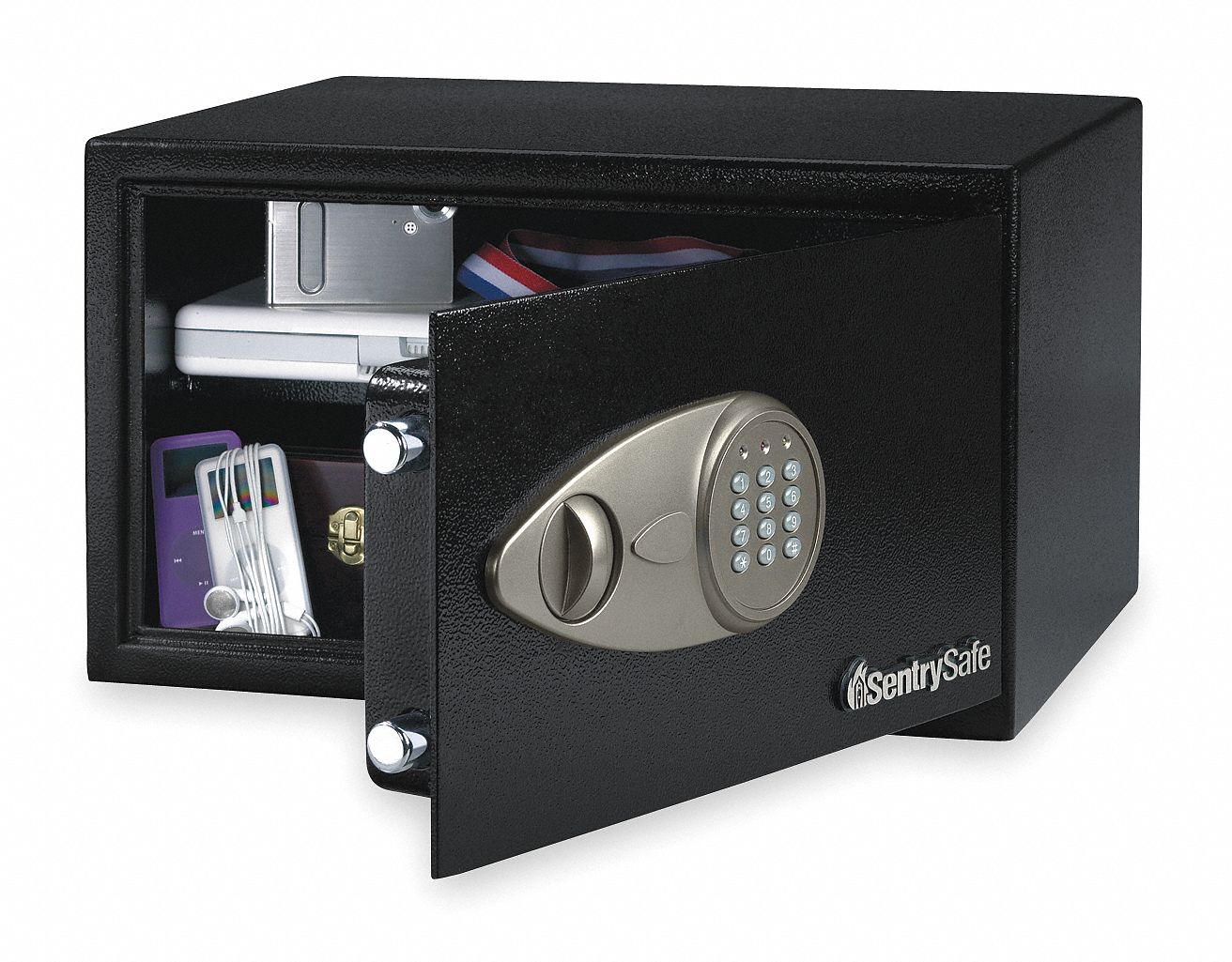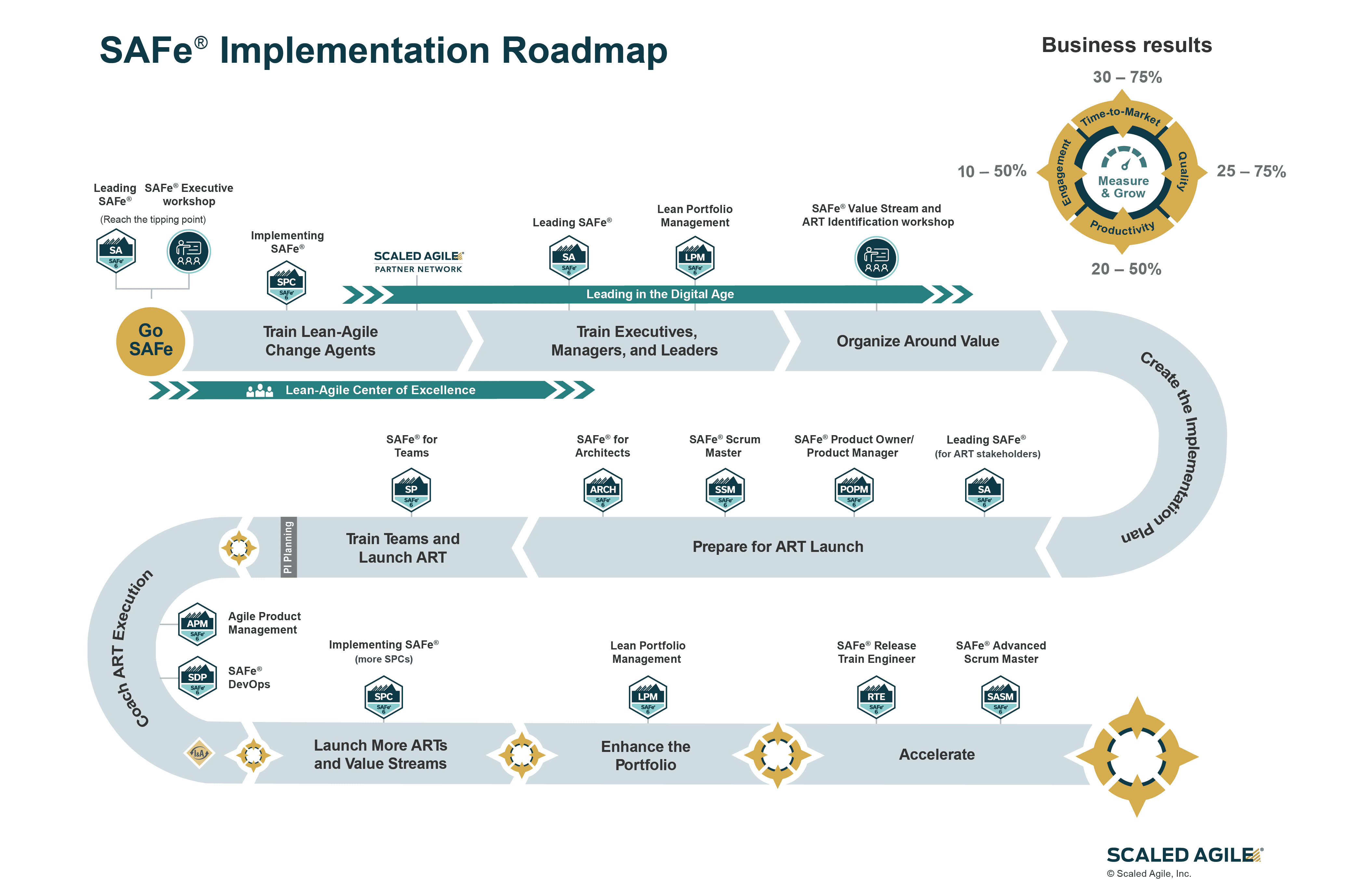- Get link
- X
- Other Apps
Is Safe Travels A Saying TravelersPlans.com
Is "Safe Travels" Just a Saying? A Deep Dive into Meaning, Origins, and How to Actually Stay Safe
"Safe travels!" It's a phrase we toss around casually, whether bidding farewell to a friend embarking on a vacation or signing off an email to a colleague heading to a conference. But is it just a polite platitude, a linguistic tic? Or does it carry a deeper weight, a genuine expression of concern and a call to action?
Is Safe Travels A Saying
This article delves into the history, meaning, and practical implications of "safe travels." We'll explore its origins, examine its cultural significance, and, most importantly, provide actionable advice on how to make "safe travels" more than just a saying – how to make it a reality. Whether you're a seasoned globetrotter or a nervous first-time flyer, understanding the nuances of travel safety is crucial.
The Origins and Evolution of "Safe Travels"
The exact origins of the phrase "safe travels" are difficult to pinpoint with absolute certainty. However, the sentiment behind it is ancient, predating modern transportation by millennia. For centuries, travel was inherently risky. Think about it: journeys were long, arduous, and fraught with dangers, from bandits and wild animals to disease and unpredictable weather.
Before the advent of reliable maps, navigation tools, and established routes, simply reaching your destination was a significant achievement. Therefore, wishing someone "safe travels" was more than just a pleasantry; it was a genuine expression of hope for their well-being and a recognition of the very real risks they were undertaking.
The phrase likely evolved organically across different cultures, reflecting a universal concern for the safety of those venturing into the unknown. While the specific words may vary, the underlying message of wishing someone a secure and uneventful journey remains consistent across many languages and cultures.
Is It Just a Saying? Unpacking the Deeper Meaning
While "safe travels" might seem like a routine farewell, its significance goes beyond mere politeness. It represents a subtle acknowledgement of the inherent uncertainties and potential hazards associated with travel. It's a condensed way of saying, "I care about your well-being, and I hope you arrive at your destination without incident."
It's also an implicit reminder to the traveler to be mindful of their safety and to take necessary precautions. It prompts a moment of reflection, encouraging them to be aware of their surroundings, to make responsible choices, and to prioritize their personal security.

In essence, "safe travels" serves as a social lubricant, fostering a sense of connection and shared humanity. It's a small gesture that acknowledges the vulnerability of travel and expresses a desire for a positive outcome.
Making "Safe Travels" a Reality: Practical Tips for a Secure Journey
So, how do we transform "safe travels" from a well-meaning platitude into a concrete plan of action? Here's a breakdown of essential safety considerations, covering everything from pre-trip preparations to on-the-ground precautions:
Pre-Trip Planning: Laying the Foundation for a Safe Journey
- Research Your Destination: Thorough research is paramount. Understand the local laws, customs, and potential risks associated with your destination. Check for travel advisories issued by your government and be aware of any ongoing political instability or health concerns.
- Secure Travel Insurance: Comprehensive travel insurance is non-negotiable. Ensure your policy covers medical emergencies, trip cancellations, lost luggage, and other unforeseen events. Read the fine print carefully to understand the coverage limits and exclusions.
- Make Copies of Important Documents: Create digital and physical copies of your passport, visa, driver's license, and other essential documents. Store them separately from the originals. Email a copy to yourself and a trusted contact.
- Inform Your Bank and Mobile Provider: Notify your bank and mobile provider of your travel dates and destinations. This will prevent your credit cards from being blocked and ensure you have access to international roaming or a local SIM card.
- Pack a First-Aid Kit: A well-stocked first-aid kit is essential, especially when traveling to remote areas. Include essentials like bandages, antiseptic wipes, pain relievers, motion sickness medication, and any personal prescriptions.

-
On-the-Ground Safety: Navigating Your Destination with Confidence
- Be Aware of Your Surroundings: Pay attention to your surroundings at all times. Avoid walking alone in poorly lit or unfamiliar areas, especially at night. Trust your instincts and remove yourself from any situation that feels unsafe.
- Protect Your Belongings: Be vigilant about your belongings. Keep your valuables secure and out of sight. Use a money belt or a hidden pocket to store cash and important documents. Be wary of pickpockets and scams, particularly in crowded tourist areas.
- Use Reliable Transportation: Opt for reputable transportation options, such as licensed taxis or ride-sharing services. Avoid accepting rides from strangers. If taking public transportation, be aware of your surroundings and keep your belongings close.
- Stay Connected: Keep in touch with family and friends back home. Share your itinerary with them and check in regularly. Consider purchasing a local SIM card or using a portable Wi-Fi hotspot to stay connected.
- Respect Local Customs: Be mindful of local customs and traditions. Dress modestly when visiting religious sites and avoid behavior that could be considered offensive. Learning a few basic phrases in the local language can go a long way in showing respect and building rapport.
- Be Cautious with Food and Drink: Exercise caution when consuming food and drink, especially in areas with poor sanitation. Drink bottled water and avoid ice cubes. Choose restaurants with good hygiene practices and be wary of street food vendors.
- Avoid Excessive Alcohol Consumption: Excessive alcohol consumption can impair your judgment and make you more vulnerable to crime. Drink responsibly and be aware of your limits.
-
Digital Security: Protecting Your Online Presence
- Use Strong Passwords: Use strong, unique passwords for all your online accounts. Avoid using easily guessable information, such as your birthday or pet's name. Consider using a password manager to generate and store your passwords securely.
- Be Cautious of Public Wi-Fi: Avoid using public Wi-Fi networks for sensitive transactions, such as online banking or shopping. Public Wi-Fi networks are often unsecured and can be easily intercepted by hackers. Use a VPN (Virtual Private Network) to encrypt your internet traffic and protect your data.
- Be Wary of Phishing Scams: Be cautious of phishing emails and websites that attempt to steal your personal information. Never click on suspicious links or provide your credentials to untrusted sources.
- Back Up Your Data: Regularly back up your data to a secure cloud storage service or external hard drive. This will protect your data in case your laptop or mobile device is lost or stolen.
Common Mistakes to Avoid
Based on my experience, travelers often make the same mistakes when it comes to safety. Avoiding these pitfalls can significantly reduce your risk:
- Underestimating the Importance of Travel Insurance: Many travelers skip travel insurance to save money, but this can be a costly mistake. A medical emergency or unexpected event can quickly wipe out your savings.
- Over-Sharing on Social Media: Avoid posting real-time updates about your location on social media. This can make you a target for burglars or stalkers. Wait until you've left a location before posting about it.
- Trusting Strangers Too Easily: While it's important to be open to new experiences and interactions, be cautious of strangers who seem too friendly or offer unsolicited help.
- Ignoring Local Advice: Pay attention to the advice of locals, such as hotel staff or tour guides. They can provide valuable insights into potential risks and safety precautions.
Pro Tips from Us:
- Learn Basic Self-Defense: Consider taking a self-defense class before your trip. Knowing basic self-defense techniques can give you the confidence and skills to protect yourself in a dangerous situation.
- Carry a Personal Safety Alarm: A personal safety alarm can be a useful deterrent in case of an attack. The loud siren can attract attention and scare off potential assailants.
- Download a Safety App: There are many safety apps available that can provide assistance in an emergency. These apps can allow you to quickly contact emergency services, share your location with trusted contacts, and access safety information.
"Safe Travels" in the Digital Age
In the age of instant communication and readily available information, the meaning of "safe travels" has evolved. We now have access to real-time updates on weather conditions, traffic delays, and potential security threats. This allows us to make more informed decisions and take proactive measures to mitigate risks.
However, the digital age also presents new challenges to travel safety. Cybercrime is on the rise, and travelers are increasingly vulnerable to phishing scams, identity theft, and online fraud. It's essential to be vigilant about your digital security and to take steps to protect your personal information online.
Conclusion: More Than Just a Saying – A Call to Action
"Safe travels" is more than just a polite farewell; it's a heartfelt wish for a secure and enjoyable journey. By taking proactive steps to plan ahead, stay aware of your surroundings, and protect your belongings, you can transform "safe travels" from a mere saying into a tangible reality.
So, the next time you bid someone "safe travels," remember that you're not just offering a platitude. You're expressing a genuine concern for their well-being and encouraging them to prioritize their safety. And when you're the one embarking on a journey, take those words to heart and make a conscious effort to ensure your travels are, indeed, safe.
Safe travels!
External Link to the CDC's Travel Health Information
[Internal Link to another blog post about travel packing tips] (if you have one)
[Internal Link to another blog post about budgeting for travel] (if you have one)
- Get link
- X
- Other Apps